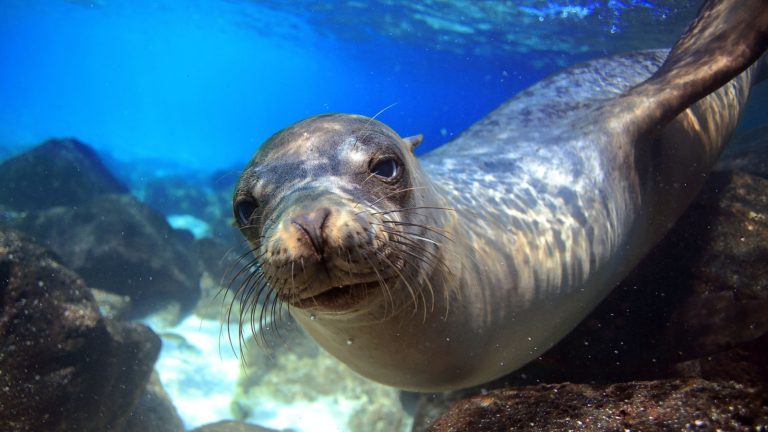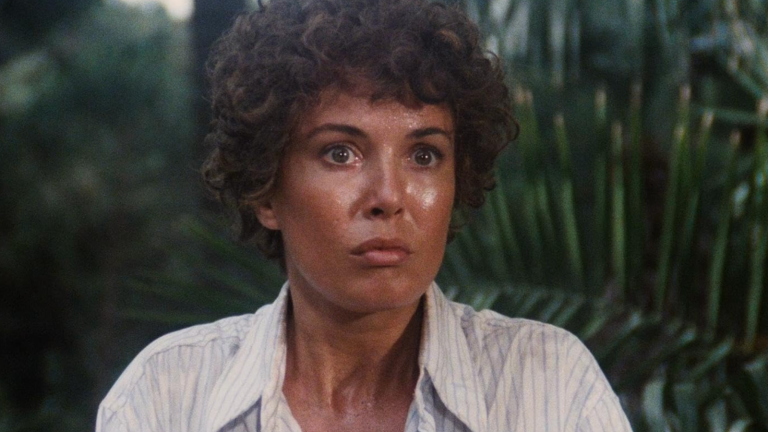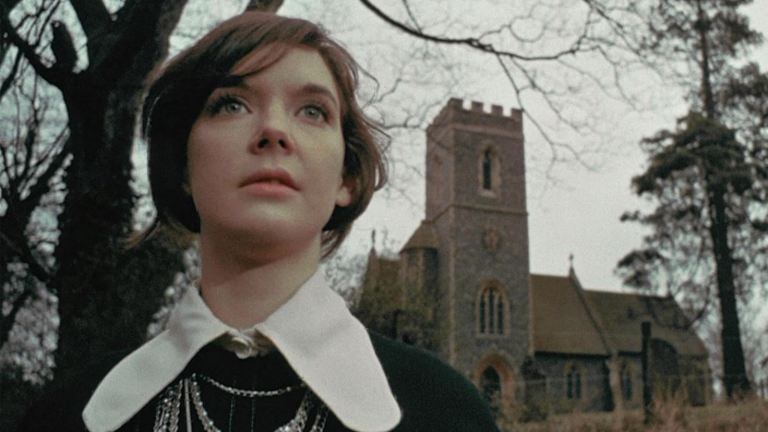26 Of The Weirdest Animals On The Planet

You know those weird animals you see online that make you wonder, ‘What was Mother Nature thinking?’ Get ready to meet 27 of the strangest creatures on the planet. From fish with human-like teeth to frogs that give birth through their skin, these bizarre beasts will make you double-take. Don’t worry, we won’t just freak you out. We’ll explain what makes these animals so wonderfully weird. Some of them use their strange features to survive in harsh environments. Others developed quirky traits to attract mates.
One thing’s for sure—our planet is filled with animals that seem too odd to be real. But they are alive and waiting to be discovered on this blog. Let’s take a walk on the weird side of the animal kingdom!
1. Frilled-Neck Lizard
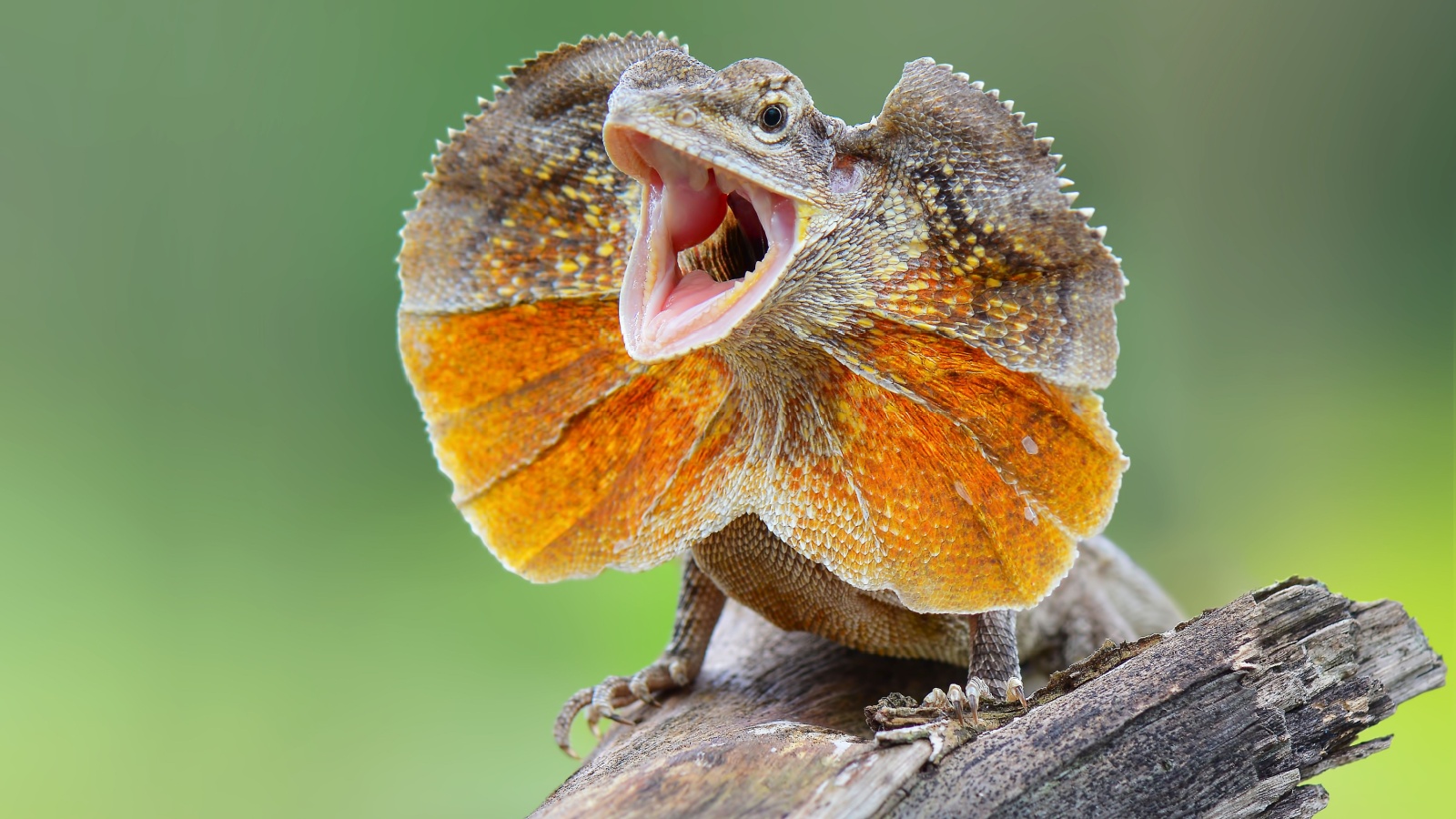
The frilled-neck lizard gets its name from the large frill of skin that pops up around its neck when threatened. This odd-looking lizard is found mainly in Australia and New Guinea. When the frill is retracted, the lizard looks fairly ordinary. But when danger approaches, it opens its mouth, hisses, and displays its frill, which is often brightly colored.
2. Blobfish
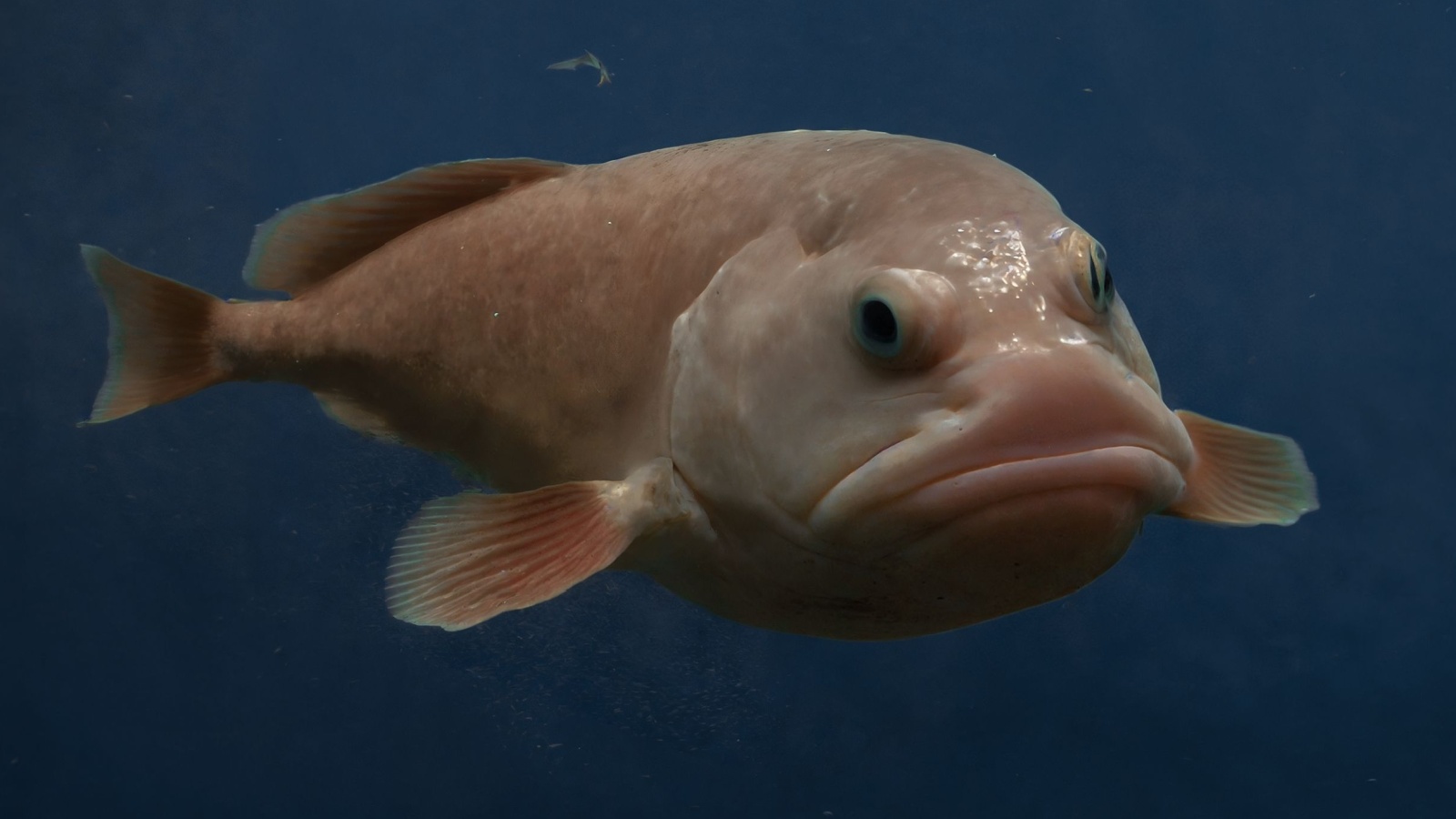
Have you ever heard of the blobfish? This weird deep-sea creature looks like a grumpy old man. It lives over 2,000 feet below the ocean surface, so when fishermen bring it up to the surface, the drop in pressure causes its gelatinous body to lose its shape. What the blobfish lacks in looks, it makes up for in its ability to adapt to a harsh, high-pressure environment. Though it may resemble a grumpy old man, this peculiar fish uniquely suits a world we humans will never experience.
3. Turritopsis Nutricula
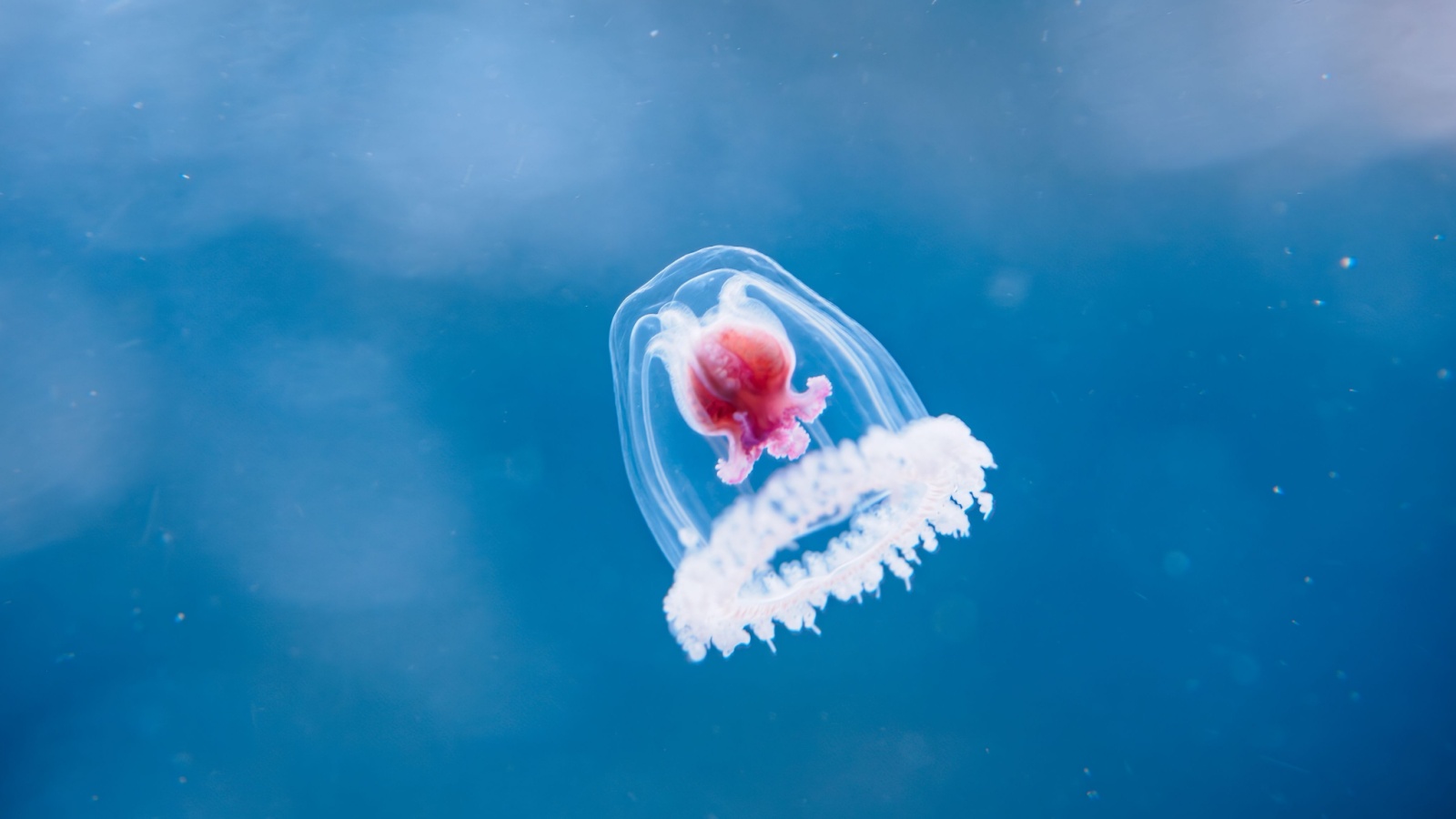
The turritopsis nutricula, also known as the immortal jellyfish, is one weird creature. This jellyfish is technically biologically immortal. It can reverse its aging and revert to a polyp, its earliest stage of life. When the jellyfish reproduce, the larvae attach themselves to the ocean floor and become polyps. The polyps then produce larvae that eventually develop into jellyfish. When it senses its cells have become damaged, or is in danger of dying, it reverses its aging and transforms into a polyp. It’s essentially an endless cycle of life and death. Scientists are studying this jellyfish to better understand its biological immortality in hopes of someday unlocking the key to human life extension.
Follow us on MSN to see more of our exclusive entertainment content.
4. Jabiru Stork
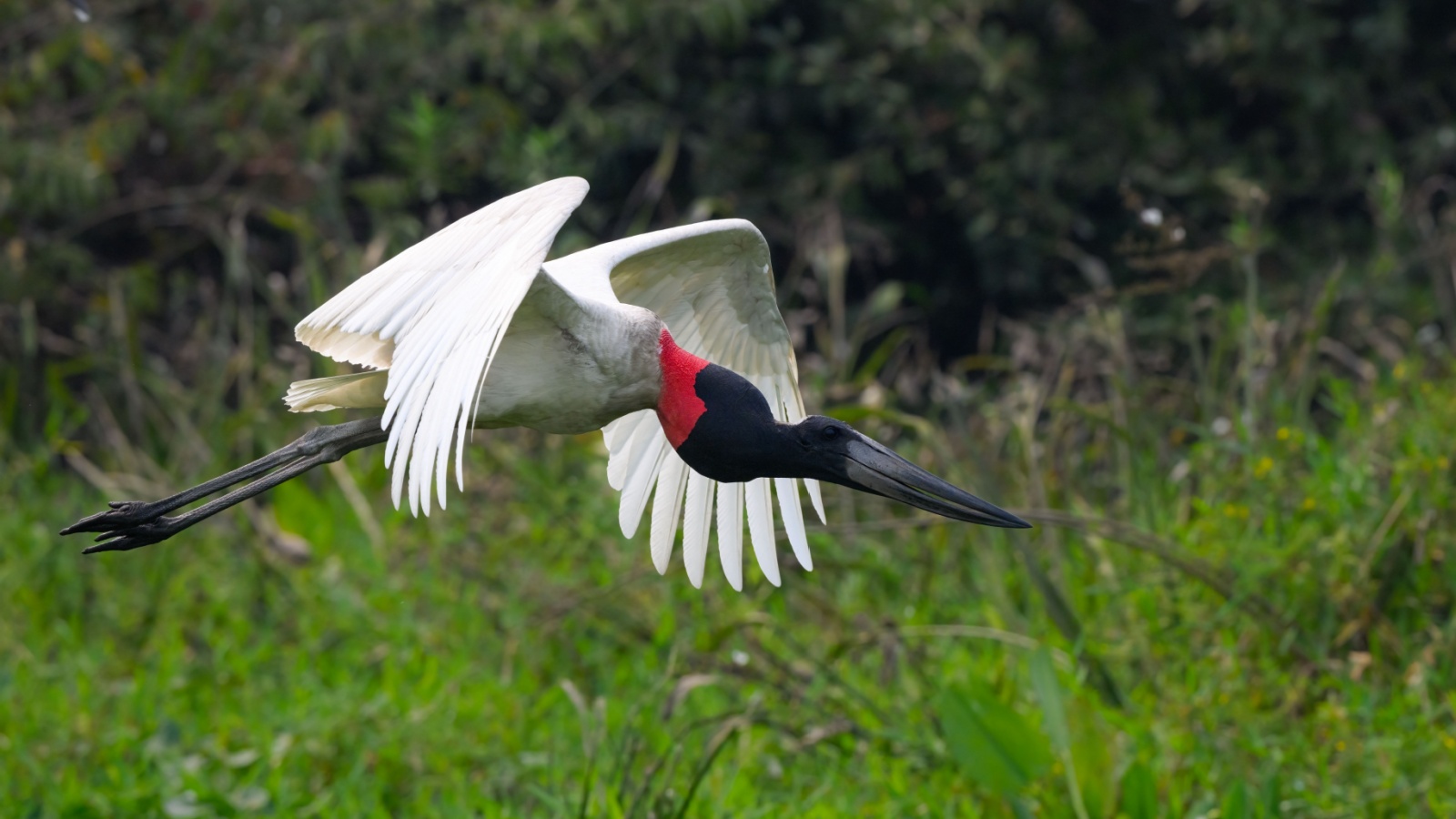
The jabiru stork is one bizarre-looking bird. It looks like something from a Tim Burton movie with its entirely black plumage and red face. The jabiru stork can reach up to five feet, making it the tallest flying bird in the Americas. Its height is enhanced by its long, spindly legs and neck. When it takes flight, its large wingspan, measuring up to nine feet across, provides the power needed to get its towering frame off the ground.
5. Axolotl

The axolotl is a weird yet fascinating amphibian. Native only to Mexico, these salamanders are known for their unique characteristics. Their feathery gills and wide smile make them look like creatures from a fantasy story. Another interesting fact about them is that they can live up to 15-20 years while keeping their tadpole-like appearance. Though rare in the wild, Axolotls are common exotic pets. Their unusual looks and longevity have given them a cult following.
6. Pangolin
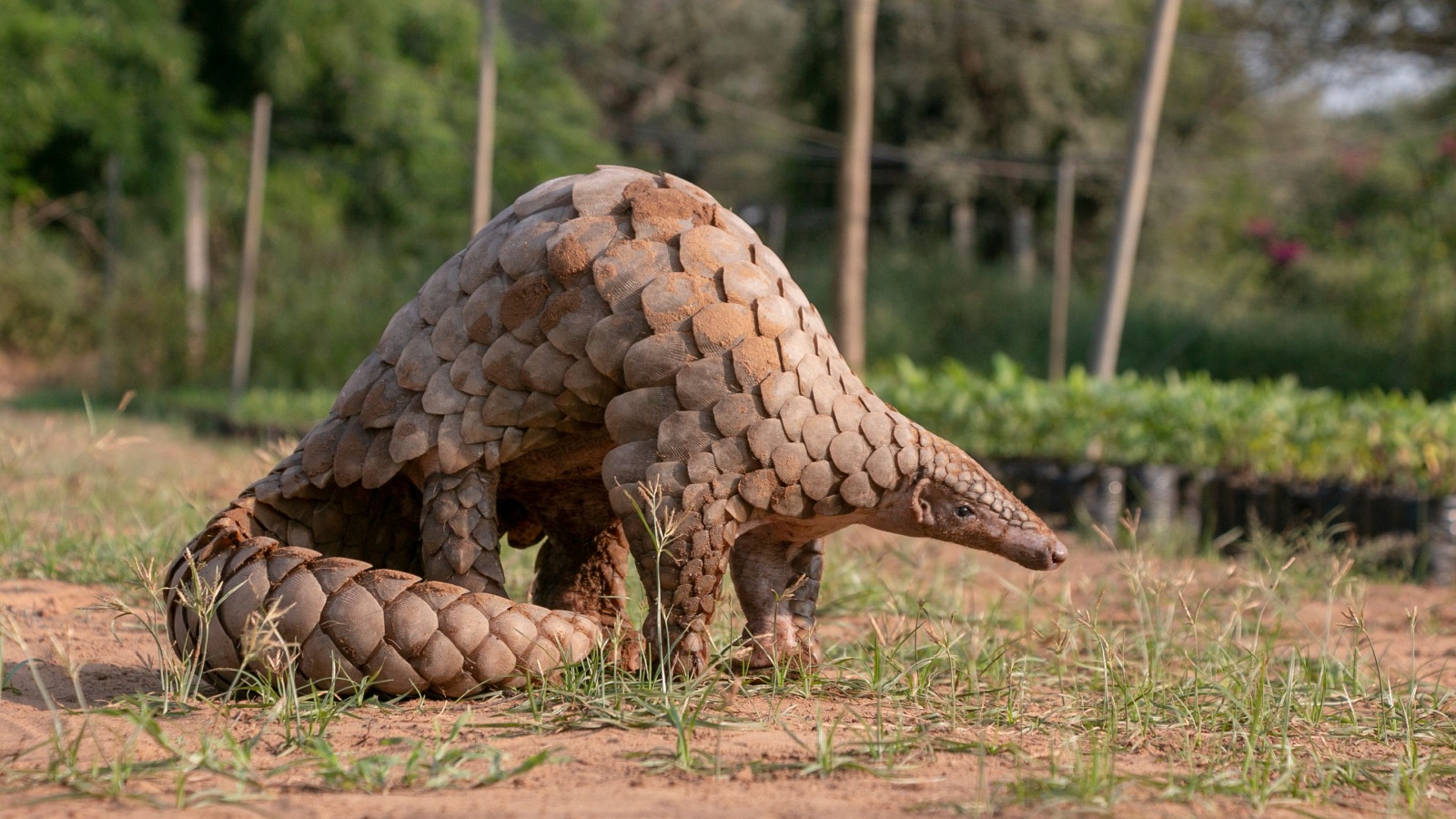
The bizarre pangolin looks like an artichoke on its legs. These strange mammals have keratin scales covering their body, making them the only scaled mammals on the planet. Pangolins are nocturnal and primarily solitary creatures found in Africa and Asia. These peculiar animals are endangered due to poaching and habitat loss. Though pangolins appear prehistoric, they are remarkable survivors that have been around for over 80 million years.
Follow us on MSN to see more of our exclusive entertainment content.
7. Echidna
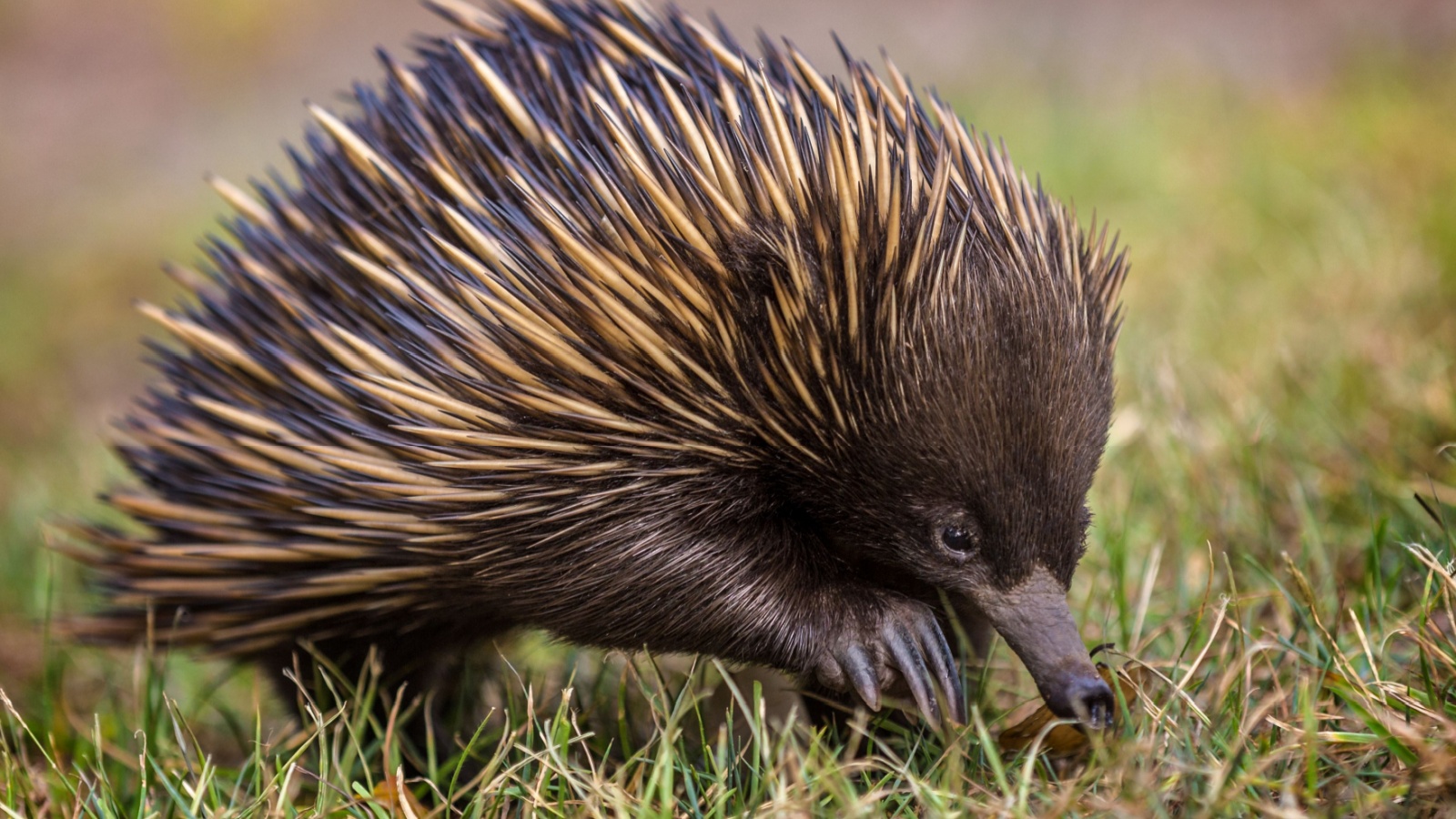
The echidna is one of the strangest animals in Australia. Native to Australia and New Guinea, this spiny anteater looks like a cross between a hedgehog and an anteater. The echidna has a tiny mouth and a long tongue to lap up ants and termites. With no teeth, the echidna crushes insects between hard pads in its mouth. The echidna’s diet of insects gives its meat a distinct taste and lots of fat, so much so that in some indigenous Australian communities, echidna meat is considered a delicacy.
8. Alligator Gar
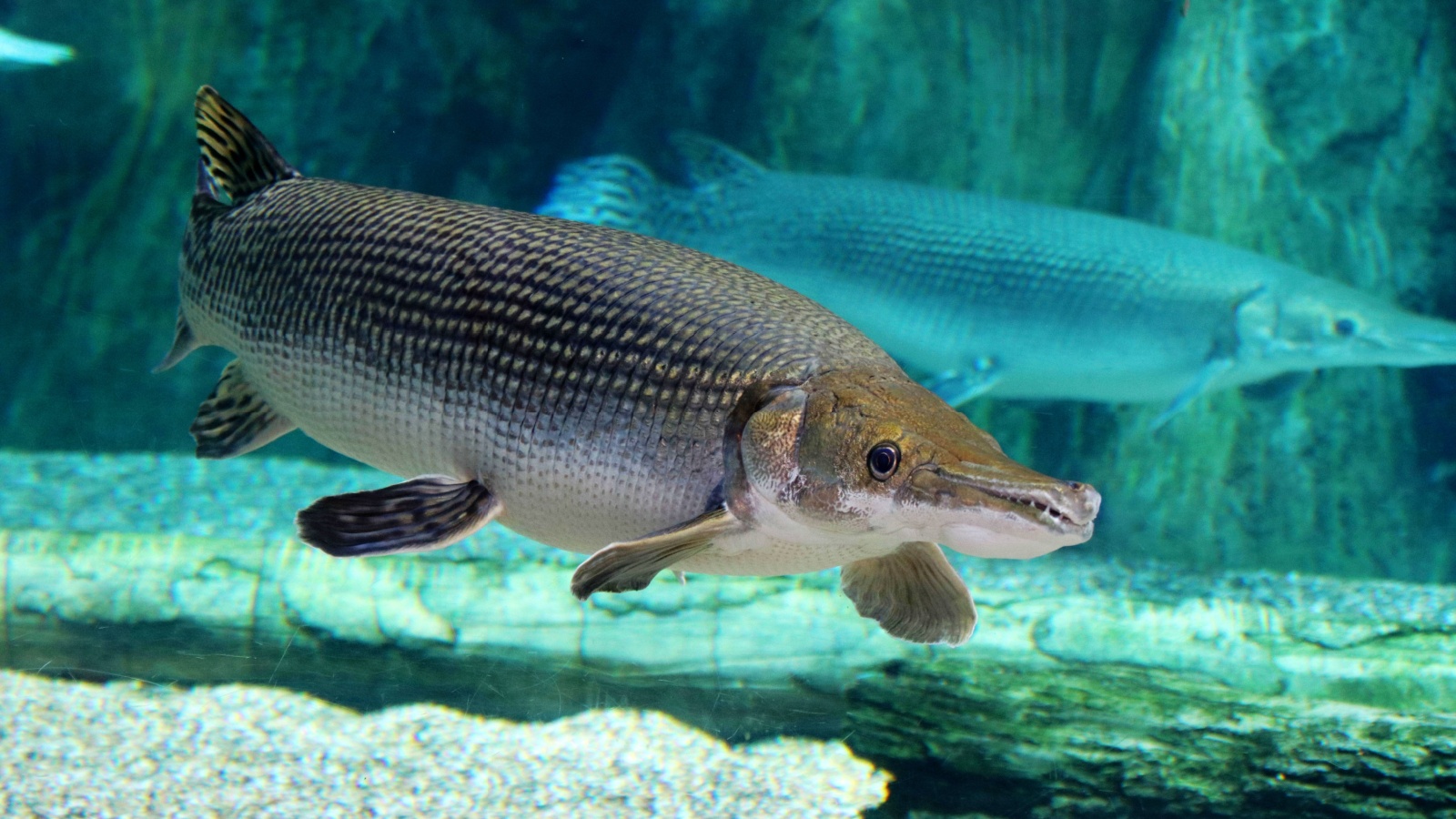
The prehistoric-looking alligator gar is one weird fish. With its elongated snout and protruding lower jaw full of sharp teeth, this freshwater fish looks like something out of a sci-fi movie. Alligator gars can grow up to 10 feet long and weigh up to 300 pounds, though most adults are 6 to 7 feet. They are found throughout the central U.S., especially in the Mississippi River basin. Though once abundant, alligator gar populations declined dramatically in the early 1900s due to overfishing and habitat destruction.
9. Vampire Bat
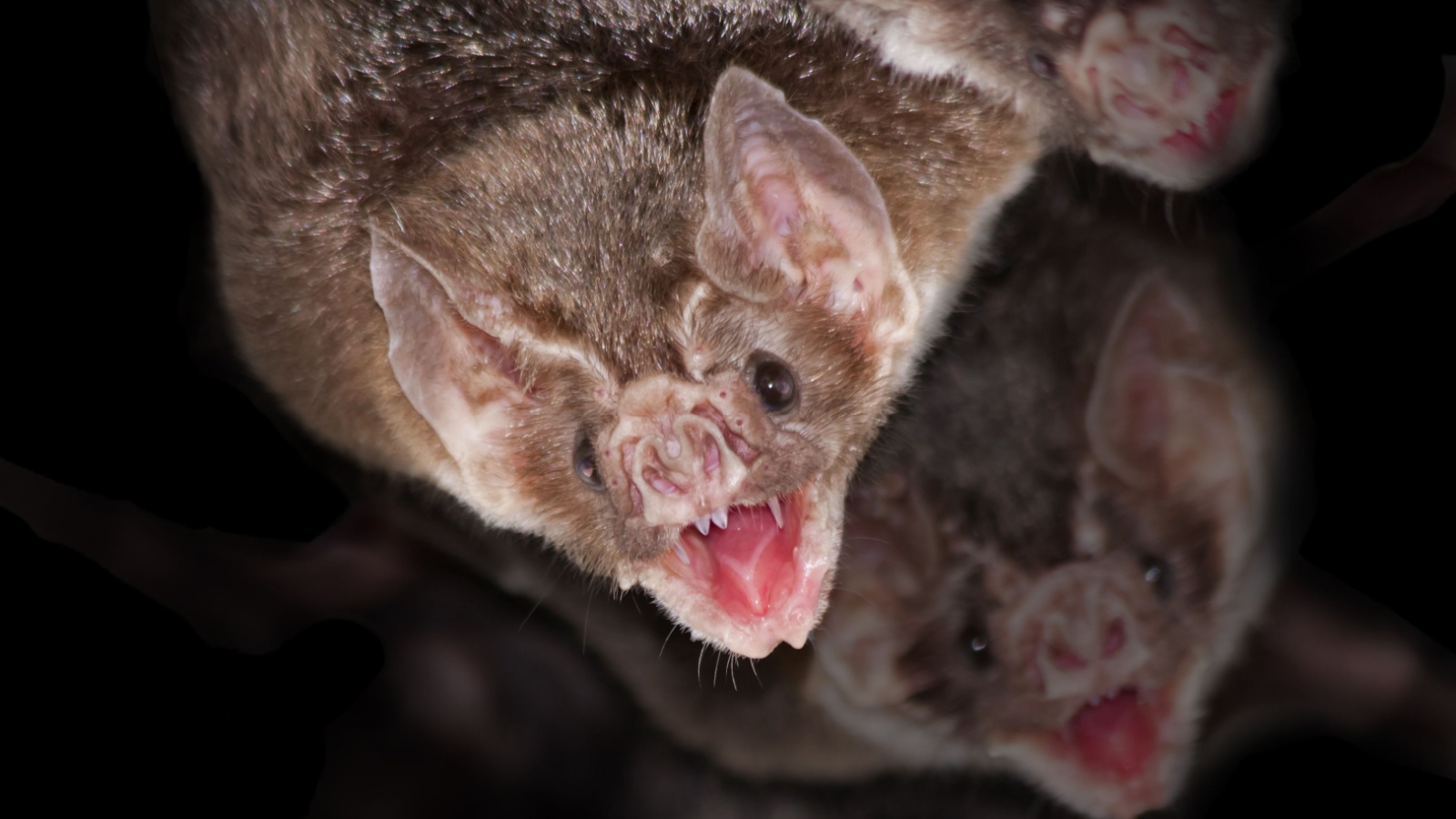
The vampire bat gets its name from its unusual diet of blood. These bats feed exclusively on blood, particularly livestock such as cattle. They use their sharp teeth to make a small incision in the animal’s skin, then lap the blood with their tongues. A single vampire bat can consume over 60% of its body weight in blood every night. Because blood is not very nutritious, the bats have to feed quite frequently. The anticoagulant in their saliva keeps the blood from clotting while they feed.
10. Naked Mole Rat

These weird little creatures are one of the strangest animals on the planet. Native to East Africa, naked mole rats are hairless rodents that live in underground colonies. Unlike most mammals, they have a hive-like social structure and are eusocial, like bees or ants. A single queen breeds with a few male drones, and together, they birth hundreds of non-breeding worker rats to maintain the colony. These worker rats dig an extensive network of tunnels, forage for food, and defend the colony. They are also very long-lived for rodents, with a lifespan of 30 years.
Follow us on MSN to see more of our exclusive entertainment content.
11. Saiga Antelope

The bizarre-looking saiga antelope roams the steppes of central Asia and is known for its oversized nose that hangs over its mouth. This odd feature is not just for looks—it helps filter out dust and warm the cold air before it enters the lungs. Saiga antelope travel long distances, migrating seasonally up to 30 miles per day in herds of up to 1,000. Unfortunately, demand for its horns has led to massive poaching and a population drop of over 95%. Conservation efforts are underway to save this peculiar creature from extinction.
12. Potoo

The potoo is one strange-looking bird. With its large yellow eyes, mottled gray feathers, and long beak, it resembles a broken tree branch. Potoos are nocturnal insectivores found in Central and South America. They perch motionlessly during the day, camouflaged against tree trunks, only moving at night to hunt insects. When startled, the potoo will stretch out its neck and point its beak straight up, swaying back and forth while making a loud grunting sound, appearing more like a statue than a bird. Potoos are solitary birds and communicate with their haunting, whistling calls at night.
Follow us on MSN to see more of our exclusive entertainment content.
13. Praya Dubia

The prehistoric-looking praya dubia, or giant siphonophore, is a colony of many tiny, specialized individuals called zooids that work together. This deep-sea dweller can grow up to 50 feet long, even though each little zooid is only about an inch big. The praya dubia floats in the ocean, with some zooids focused on eating and digestion, others on reproduction, and others responsible for swimming and getting around. Despite their strange appearance, these colonies of zooids operate like a well-oiled machine to make this massive, otherworldly beast function. It is definitely one of the weirdest, most alienesque animals in the deep blue sea.
14. Bald Uakari
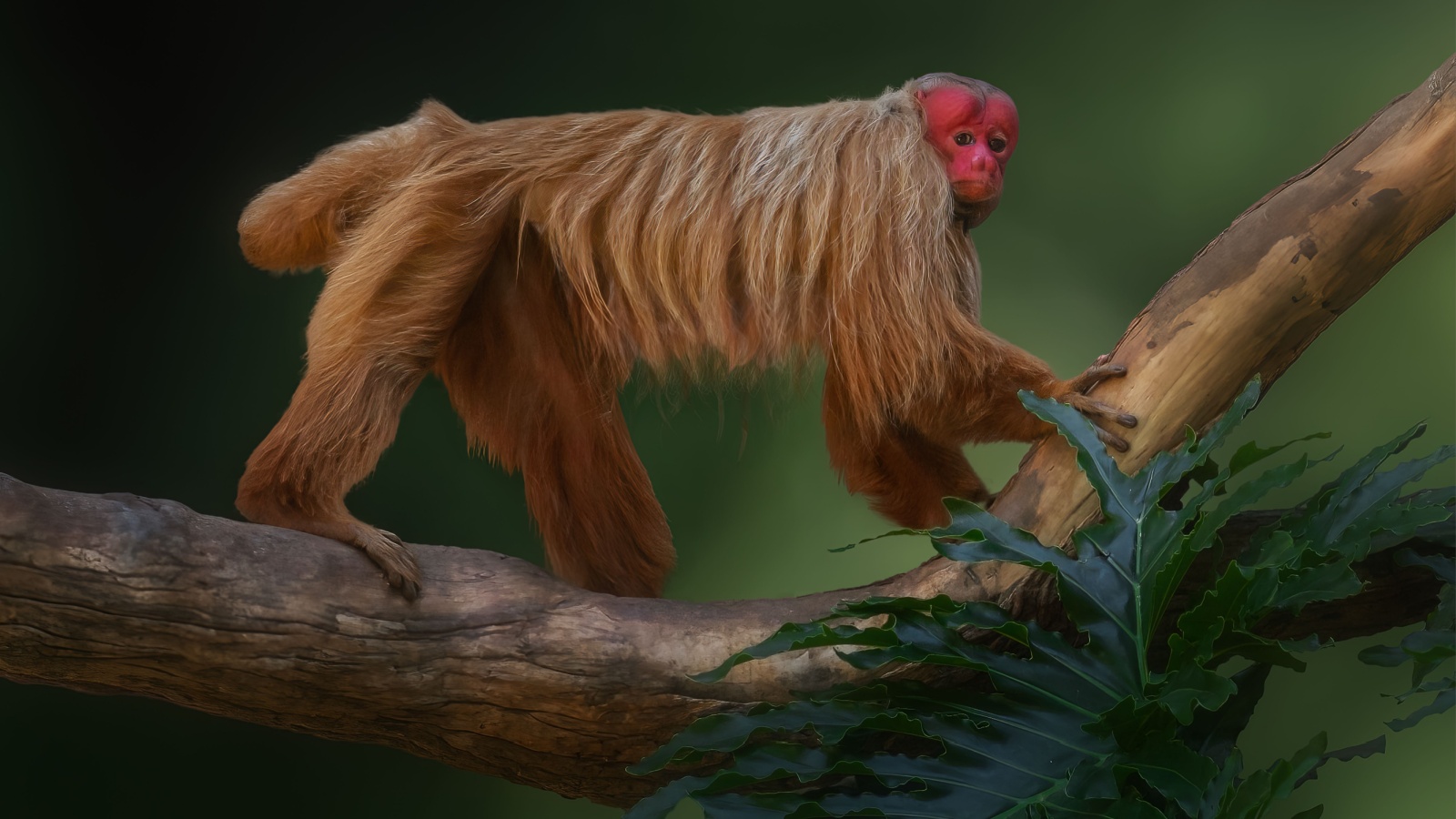
This New World monkey has a bright red face and no hair on its head. Native to the Amazon rainforest, the bald uakari mostly eats fruit, seeds, and leaves. However, its diet and habitat aren’t the only things unique about this primate. They are also very social animals that live in large groups of up to 100 individuals. Females give birth to a single infant after about 5-6 months of gestation. Bald Uakari infants have a short orange coat that darkens as they age. These quirky creatures are unfortunately endangered due to habitat loss and hunting.
15. Barreleye Fish
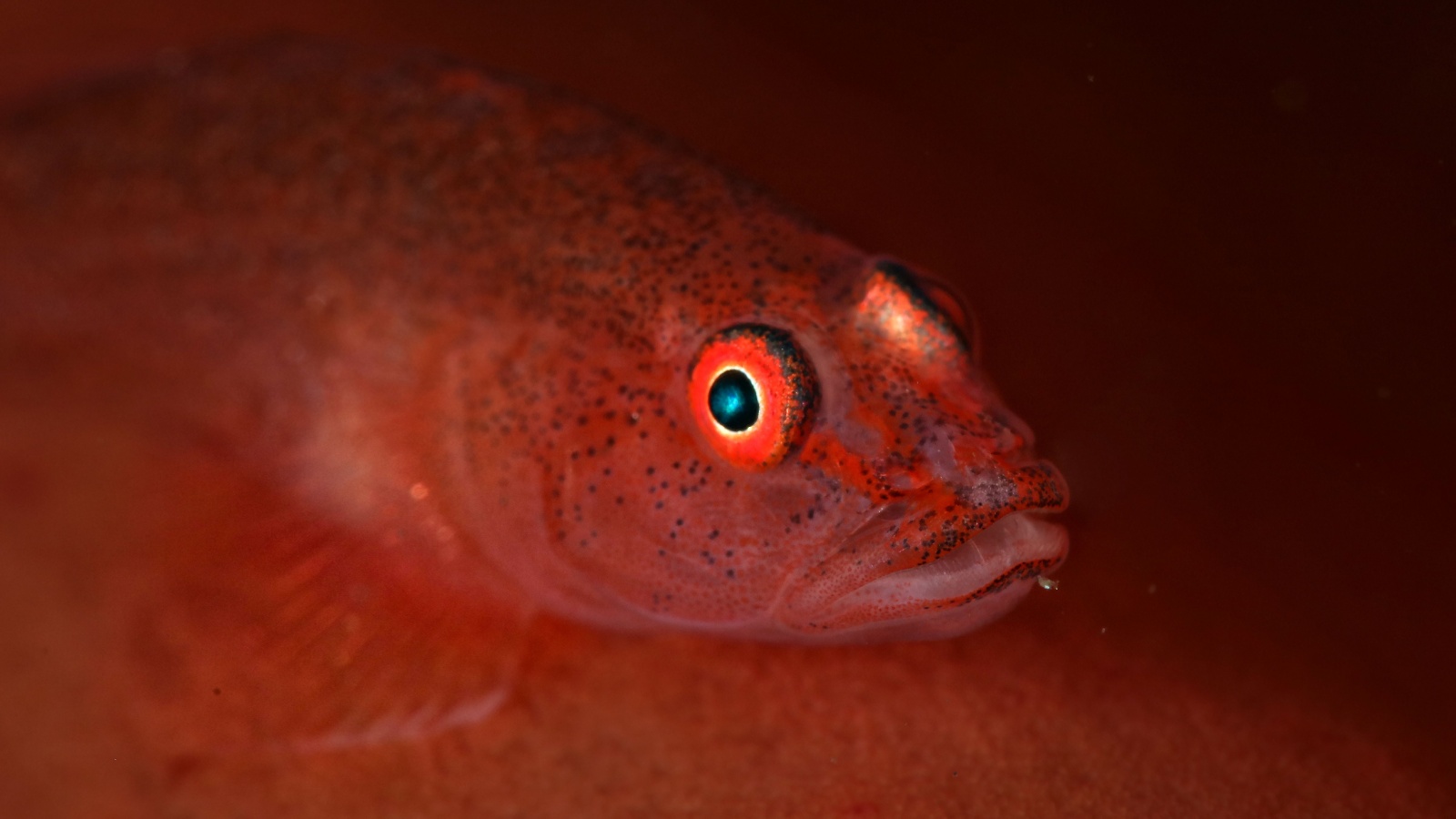
The barreleye fish is one weird creature. This deep-sea fish has transparent eyes that protrude from its head, allowing it to peer into the water above it. The barreleye’s eyes are shielded within a dome-shaped transparent bone shield. These bulging orb-like eyes can rotate within their shield, giving the barreleye almost 360 degrees of vision.
The barreleye lives at depths of 600 to 800 meters in tropical and temperate waters of the Pacific. At these depths, little to no sunlight penetrates, so the barreleye has adapted transparent eyes to detect the faint traces of light from bioluminescent prey. The eyes act like a telescope, allowing the barreleye to spot its nearly transparent prey, even in the inky blackness of the deep sea. It’s one of the weirdest and most interesting fish in the ocean depths!
16. Bobbit Worm

The bobbit worm is one of the scariest creatures in the ocean. This massive worm can grow up to 9 feet long, with a razor-sharp set of jaws that snap shut with lightning speed. The bobbit worm burrows into the sea floor and waits for fish and crustaceans to swim by before ambushing them. With their immense size and predatory nature, bobbit worms are the stuff of nightmares for smaller creatures in the sea.
Follow us on MSN to see more of our exclusive entertainment content.
17. Dragon Headed Caterpillar
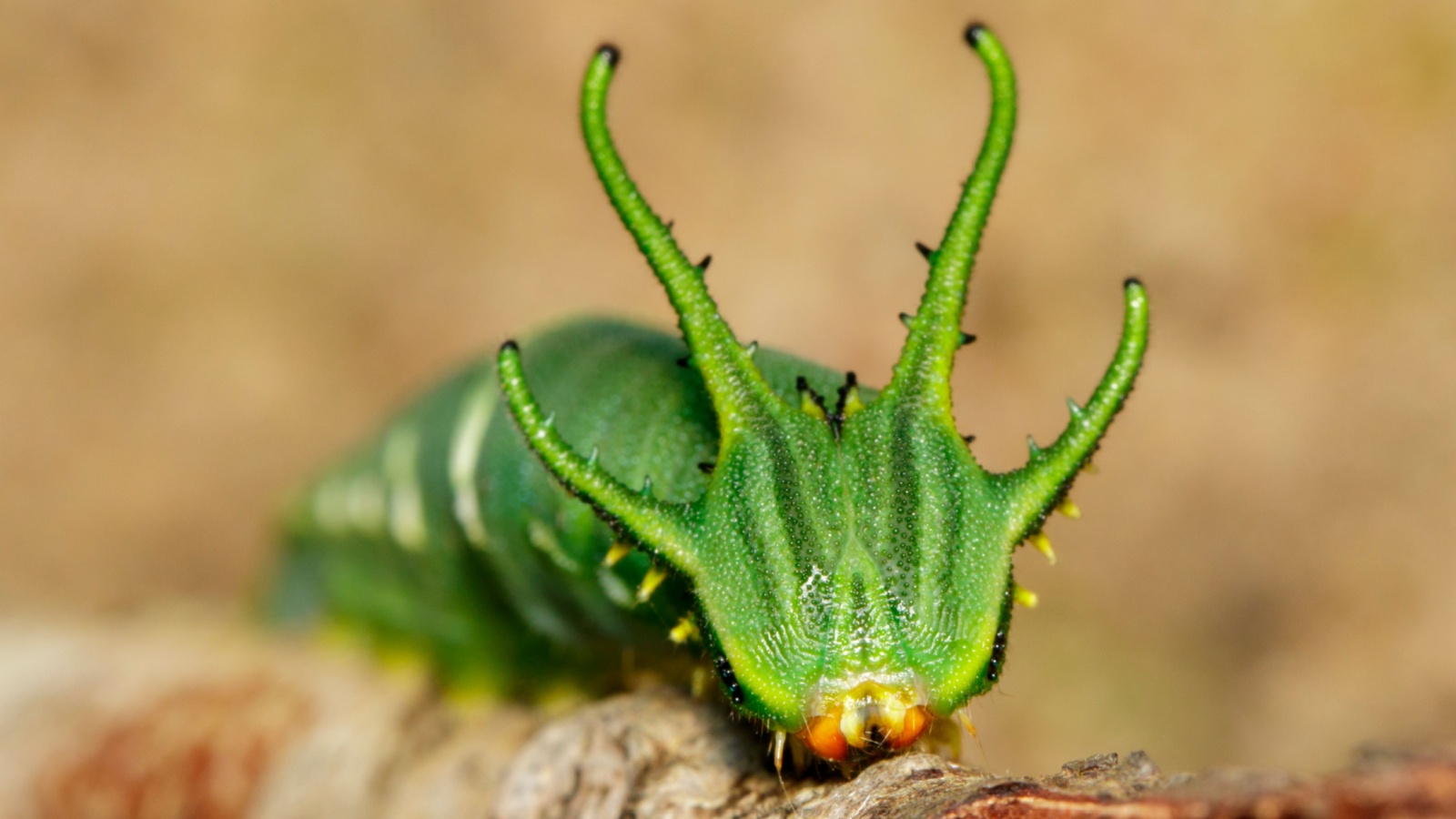
This bizarre caterpillar has evolved to look like a tiny dragon, with eye-shaped markings and an orange, spiky “crown.” Found in the rainforests of Central and South America, the dragon-headed caterpillar feeds on plants like oak and willow. Despite its fearsome appearance, this critter is harmless to humans. After pupating, it emerges as a rather ordinary brown moth. Though small, the dragon-headed caterpillar’s uncanny resemblance to a mythical beast ignites our wonder and curiosity about the natural world.
18. Dugong

Also known as the sea cow, the dugong is a peculiar creature. These gentle giants can grow up to 13 feet long and weigh up to 2,200 pounds, yet they survive entirely on seagrass. Sadly, dugong populations have declined by over 70% in recent decades. They were once hunted for meat, oil, skin, and bones. Though now protected, their numbers continue to dwindle due to habitat loss from coastal development and pollution. If there’s one thing dugongs are good at, it’s relaxation. They spend their days lounging in warm, shallow waters and grazing on seagrass.
29. Dumbo Octopus

The dumbo octopus gets its name from its ear-like fins that make it look like the cartoon elephant Dumbo. These fins help the octopus swim and give it a pretty adorable appearance. These octopuses live deep in the ocean, as far down as 23,000 feet, in the abyssal zone. At such extreme depths, the water is cold, there is no sunlight, and the pressure is intense. Yet these little guys have adapted perfectly to this harsh environment. Dumbo octopuses are a mysterious group of animals. Over 15 species have been discovered, but scientists believe many more could exist. These elusive creatures still need to be studied more due to the difficulty of observing them in their deep-sea habitat.
Follow us on MSN to see more of our exclusive entertainment content.
20. Fried Egg Jellyfish
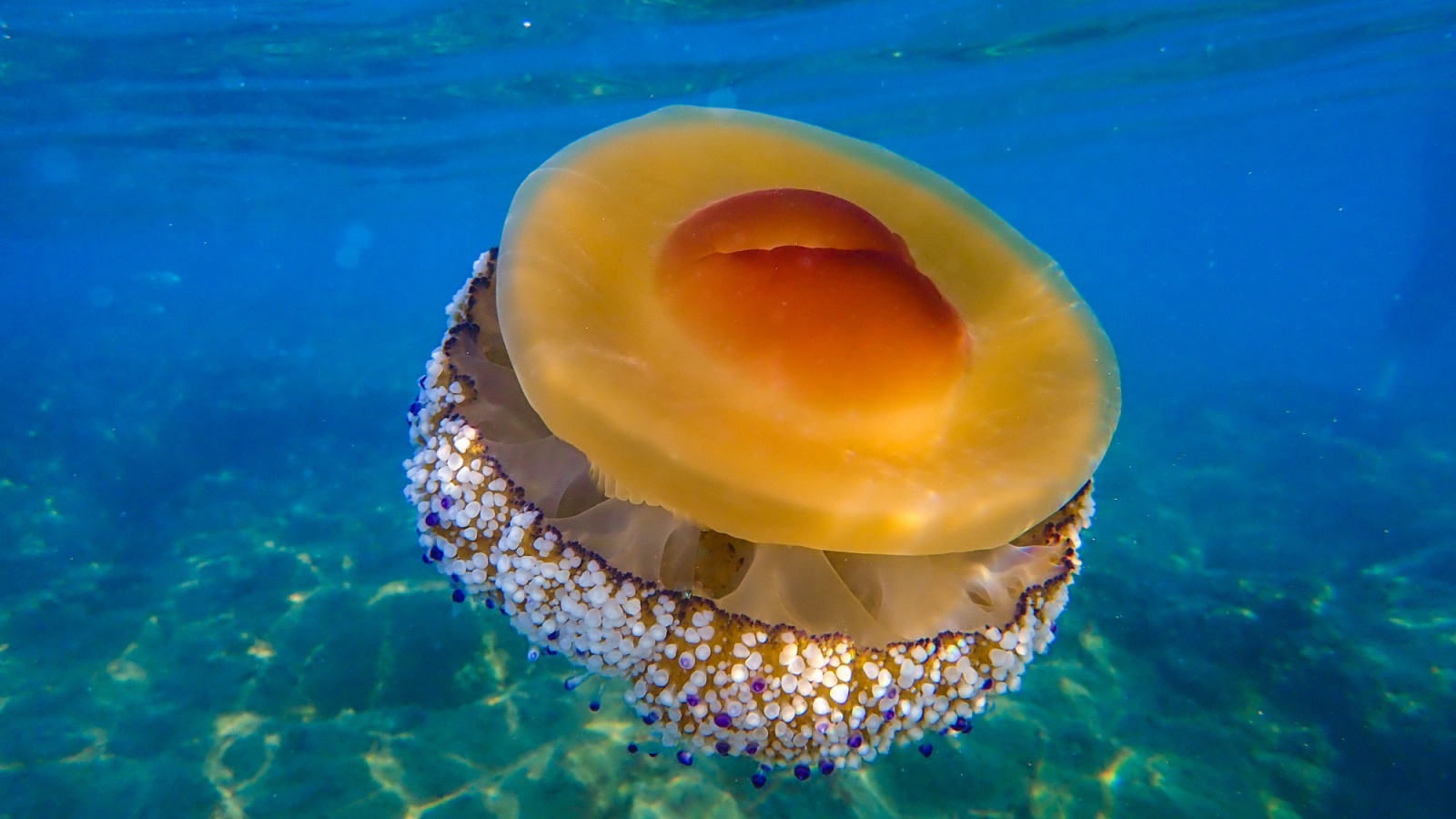
This bizarre jellyfish gets its name from its uncanny resemblance to a sunny-side-up fried egg. Its translucent bell is the “egg white,” while its yellow reproductive organs glow in the center like a yolk. Found in the Pacific and Indian Oceans, these jellies are pretty petite, measuring only about 5 to 10 centimeters across. Don’t let their small size and resemblance to breakfast food fool you, though. The fried egg jellyfish packs a powerful sting, so admire its strange beauty from a distance.
21. Honduran White Bat
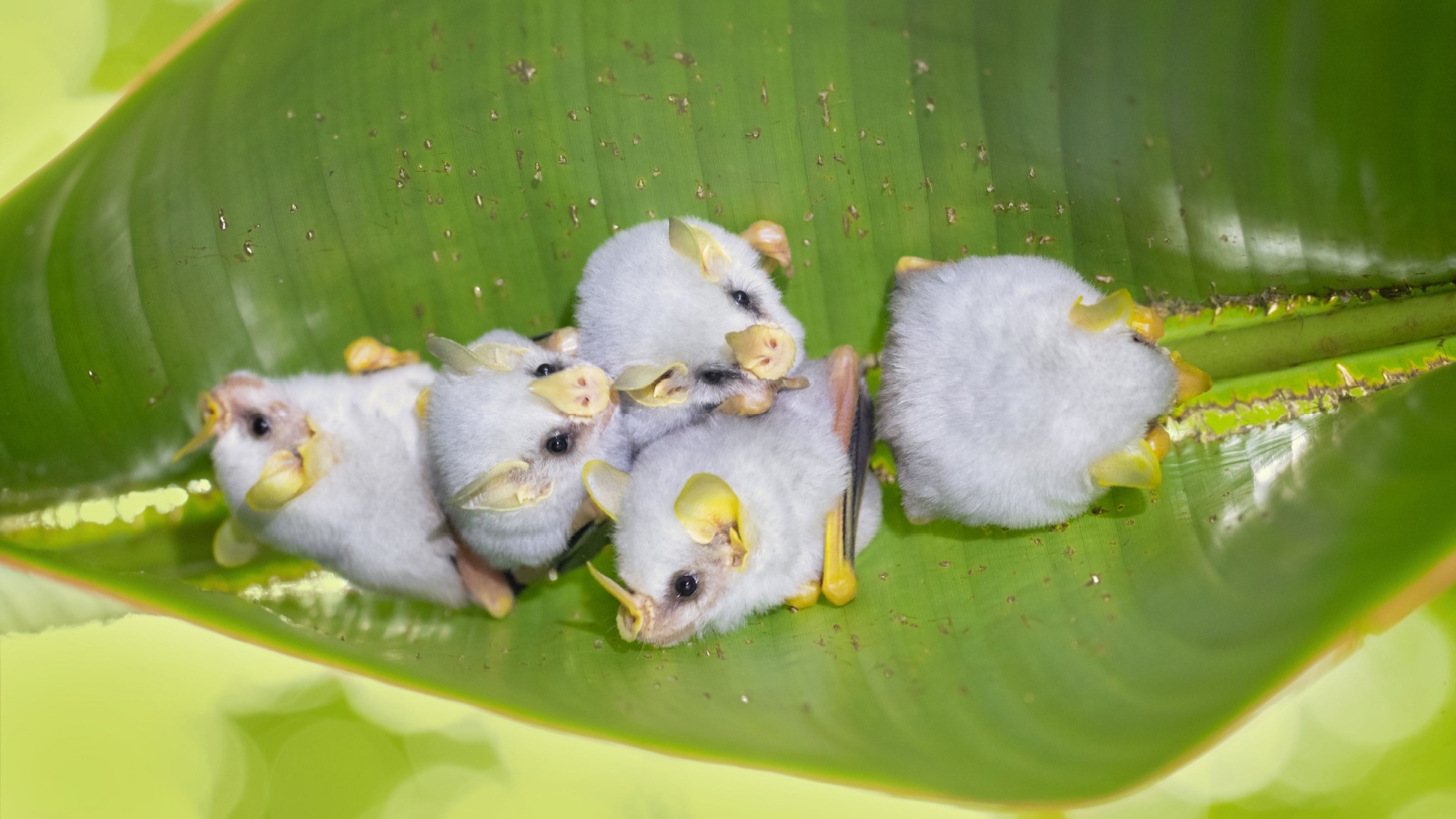
The Honduran white bat is one of the smallest bats in the world and is native to Central America. These tiny creatures have snow-white fur and pale skin, making them appear almost translucent. They roost underneath the leaves of banana plants during the day, camouflaging themselves against the sunlight filtering through the broad leaves. At night, these bats emerge to feed on insects like beetles, flies, and moths. Despite their miniature size, the Honduran white bat has an appetite and can consume up to 2,000 insects each night! They use echolocation to detect prey in the dark, emitting ultrasonic sound pulses and listening to the echoes that return.
22. Manatees

These gentle giants of the sea are often called sea cows due to their rotund shape and the fact that they only eat plants. Manatees spend most of their time floating in warm, shallow waters and estuaries, munching on sea grasses and freshwater plants. You might spot one of these peculiar creatures if you’re in a kayak or canoe in their habitat. You’ll notice their whiskered snouts and paddle-like tails when manatees surface for air.
23. Markhor

The markhor is a wild goat that inhabits the mountains of Central Asia. With its striking curled horns and soft brown coat, the markhor is considered by many to be one of the most beautiful animals in the world. However, its numbers have declined due to poaching and habitat loss. The markhor is valued by local communities for its meat and fur and as a game animal for trophy hunting. However, regulated and sustainable hunting practices are important to prevent over-poaching.
Follow us on MSN to see more of our exclusive entertainment content.
24. Mexican Mole Lizard
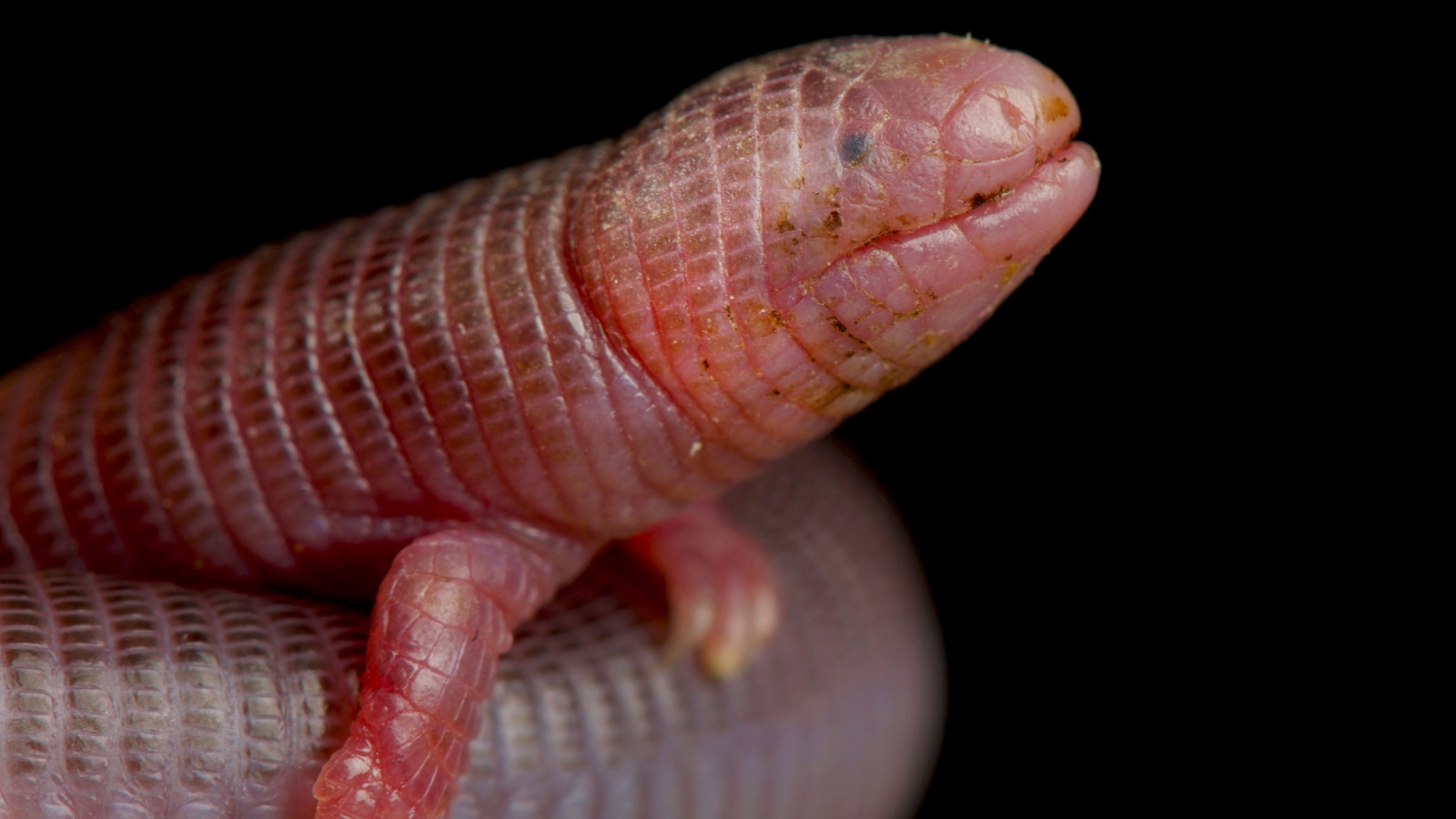
The Mexican mole lizard is one funky little creature. This legless lizard spends almost its entire life underground, burrowing through soil in search of its favorite snacks like worms, grubs, and insects. When above ground, the Mexican mole lizard is a sight to behold. It looks like a snake, but it actually has eyelids and ear openings, which snakes lack. Its skin has a silvery metallic sheen from tiny scales that give it a futuristic robot look. The mole lizard can also puff up its body to appear bigger to predators.
25. Proboscis Monkey
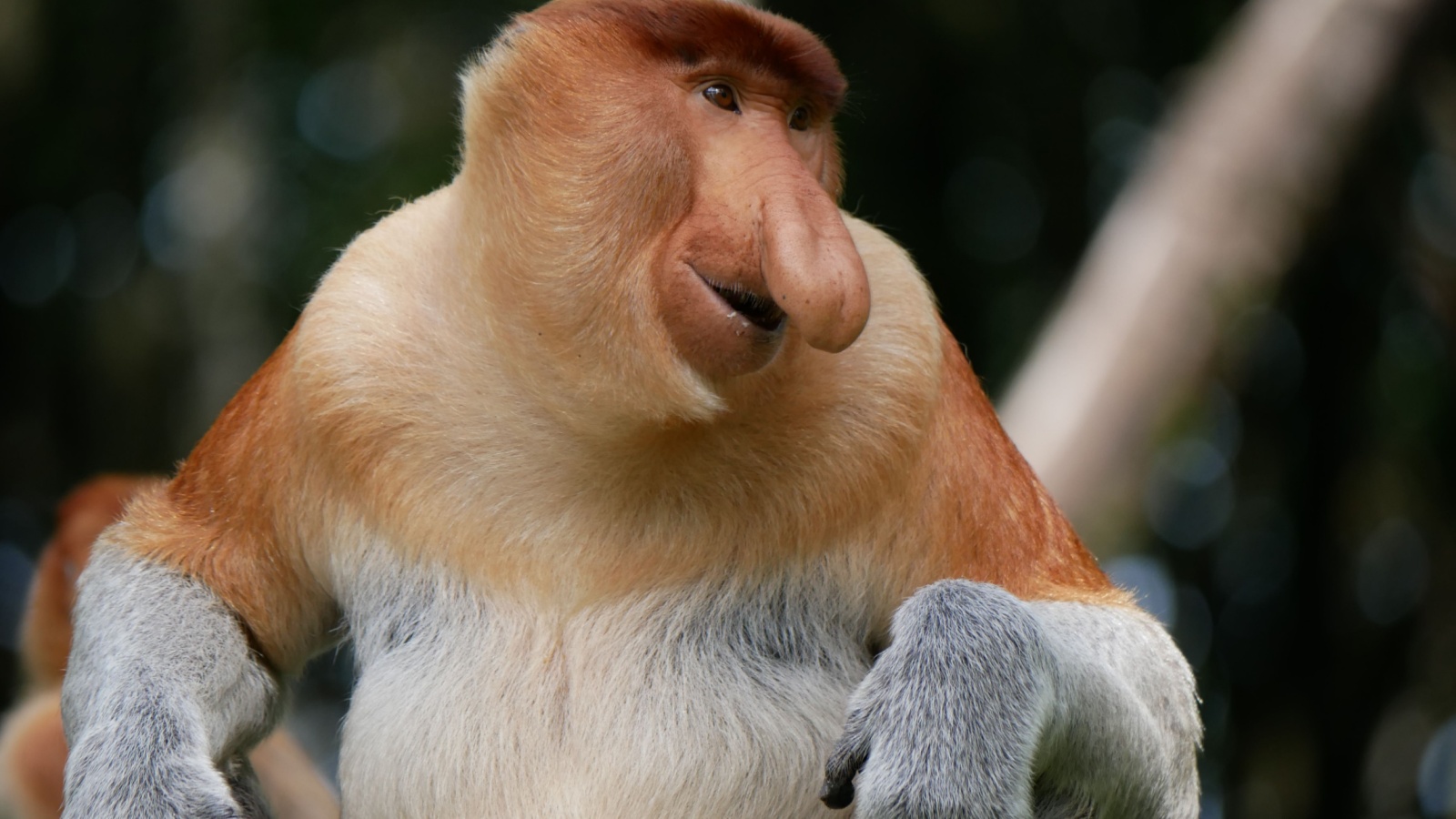
The proboscis monkey is one strange-looking fellow. Found only on the island of Borneo, this unusual primate is named for its prominent nose—the male proboscis monkey has a nose so big, it’s almost comical! The nose of an adult male can be up to four inches long. Females have much smaller noses. Scientists think the large nose helps the male resonate its loud calls, used to attract mates and establish territory. These monkeys are also known for their swimming ability. With webbed feet and hands, the proboscis monkey is adapted for an amphibious lifestyle.
26. Venezuelan Poodle Moth
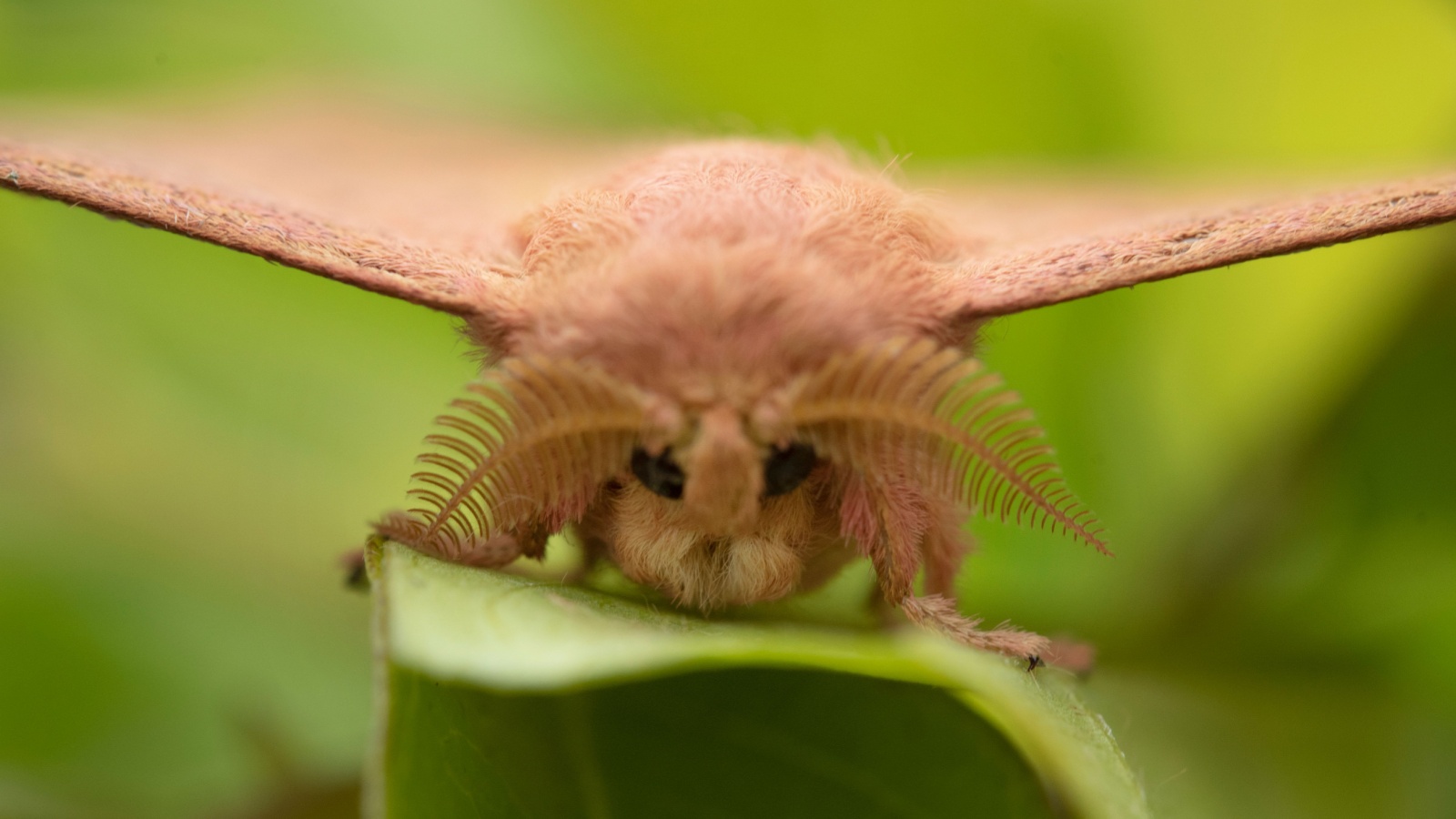
The Venezuelan Poodle Moth, also known as the moth dog or moth puppy, is one of the strangest insects you’ll ever see. This fuzzy little moth looks more like a tiny, fluffy creature than an insect. With its furry white body and oddly cute pompom-like antennae, it’s almost unrecognizable as a moth at all.
Follow us on MSN to see more of our exclusive entertainment content.
20 Cities People Will Never Visit Again

Travel can be a rewarding experience. However, these travelers went to a new city with high hopes, only to be let down.
20 Cities people Will Never Visit Again
23 Friendliest Animals on the Planet

You want to hug them, cuddle them, throw them a ball, and watch them playfully chase after it. What are they? They’re the world’s friendliest animals, of course! From dogs to dolphins to horses, there are more than a few creatures out there that seem like they’re just begging to be your BFF.
Get ready for some serious awe moments and adorable photos of animals that can’t wait to shower you with wet kisses and warm nuzzles. Whether on land, in water, or the air, these animals will make fast friends with any human lucky enough to gain their trust and affection. Keep reading to meet the snuggliest, sweetest, most downright lovable animals that roam the earth!
23 Friendliest Animals on the Planet

